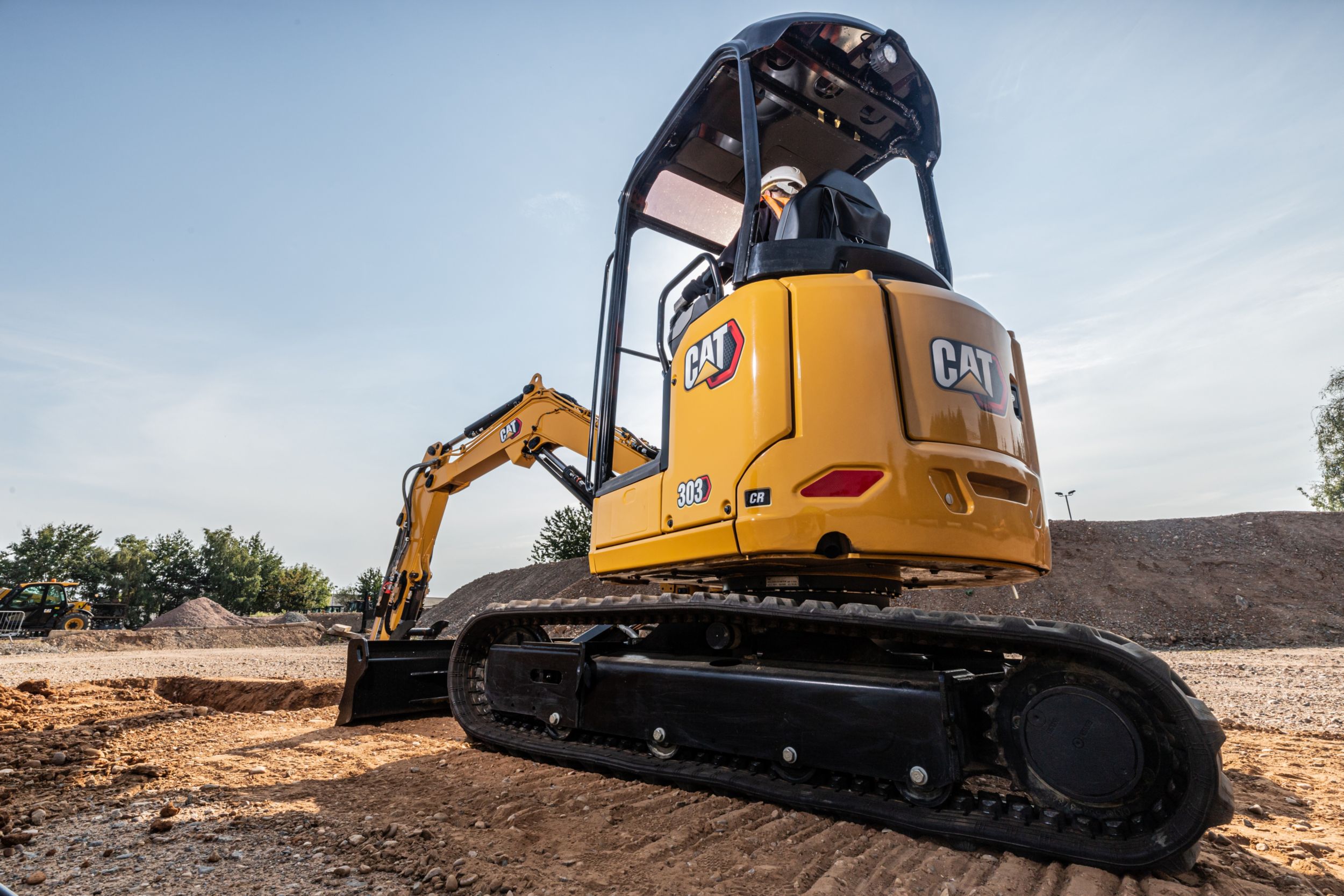Basic safety tips include wearing the correct protective gear, fastening your seatbelt, surveying the site before operating, maintaining three points of contact when exiting and entering the machine and using the safety interlock and your cameras once operating. In this article, we want to highlight a particular safety tip… Did you know that proper blade positioning is essential to operating your mini excavator as safely as possible? With a mini excavator of more than eight tonnes, you’ll generally want to keep the blade in front. However, with smaller mini excavators, particularly those weighing less than three-tonne, positioning the blade in the back can provide much-needed stability and balance. With smaller excavators, if you try to dig with the blade positioned in the front, the cab may tip backward as the bucket digs into the soil. In this case, it’s best to move the blade to the back of the mini excavator. It can grip the earth to provide stability and prevent the cab from tipping as you dig. This is clearly demonstrated in the video below from 2015, featuring an older Cat machine and as explained by Caterpillar Engineer Greg Worley.

Whitepaper
Blade Positioning Essential When Operating Your Mini Excavator
When it comes to operating mini excavators, it’s important to be aware of how to get the most out of your machine and how to operate it as safely as possible.
Cat Mini Excavator Operating Tips
Blade Positioning
Correctly positioning the blade on a less than three ton mini excavator is important in order to get the most out of your machine. This video provides tips on how to position the blade on a Cat® Mini Excavator while digging, moving on a slope or loading the machine onto a trailer.
JOIN OUR MAILING LIST
Sign up by email to receive promotions, product and event updates, and the latest news from us.
QUESTIONS? GET IN TOUCH
Our team is always standing by to help.
Digital Toolbox
Terra Cat © 2024. All Rights Reserved.

